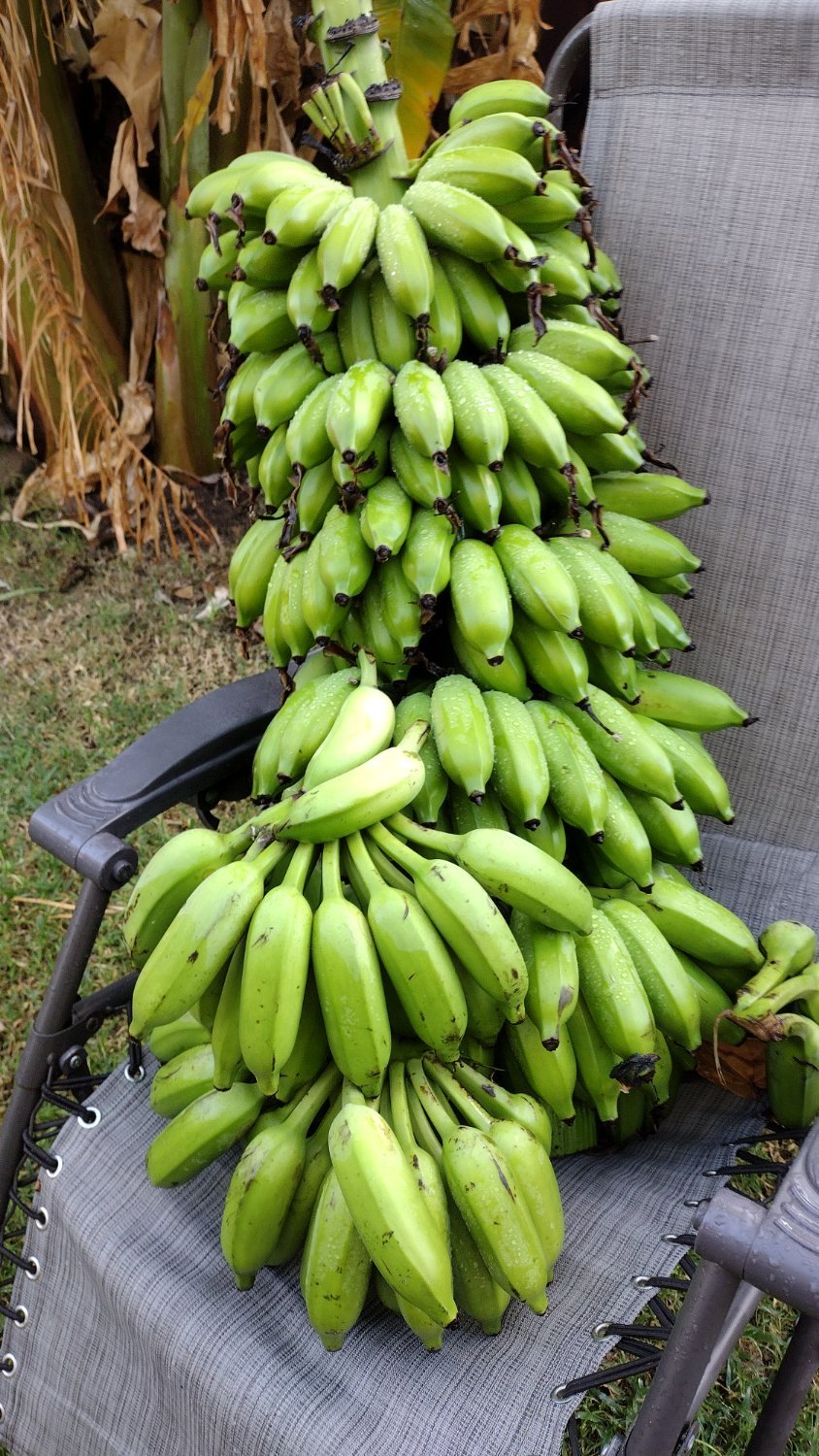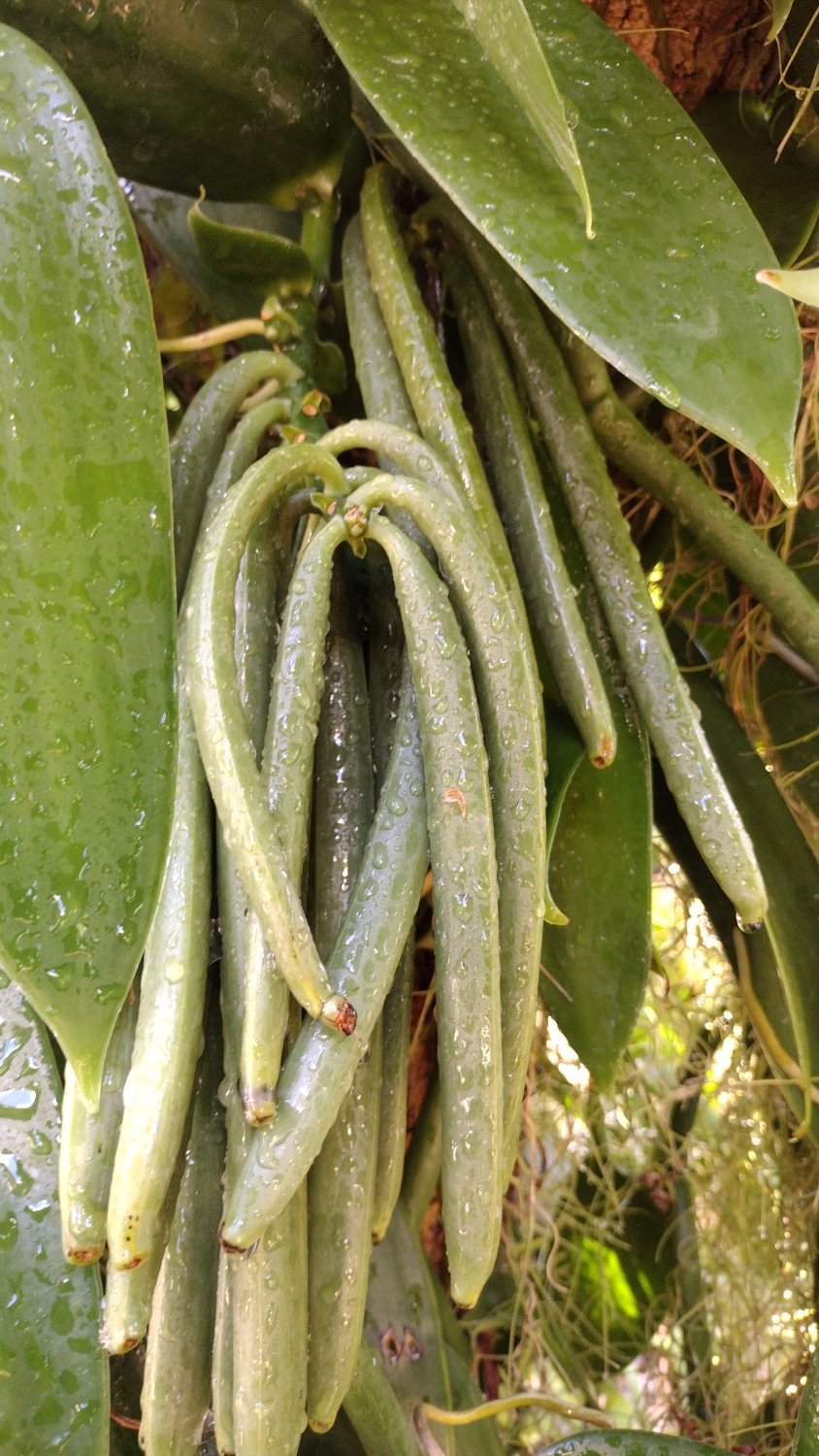Solarpunk Farming
1501 readers
19 users here now
Farm all the things!
Also see:
founded 3 years ago
MODERATORS
26
27
28
29
30
31
33
41
In Baltimore, Urban Farming Isn’t Just About Growing Food - PopularResistance.Org
(popularresistance.org)
34
35
36
1
Vertical farming: a local solution for greens, but not feeding the world any time soon
(www.sustainabilitybynumbers.com)
37
38
39
40
41
42
43
44
45
46
47
48
3
An interesting greenhouse design - curious how well the beeswax and textile replacement for plastic sheet holds up
(solarpunkarchitecture.org)
49
50








